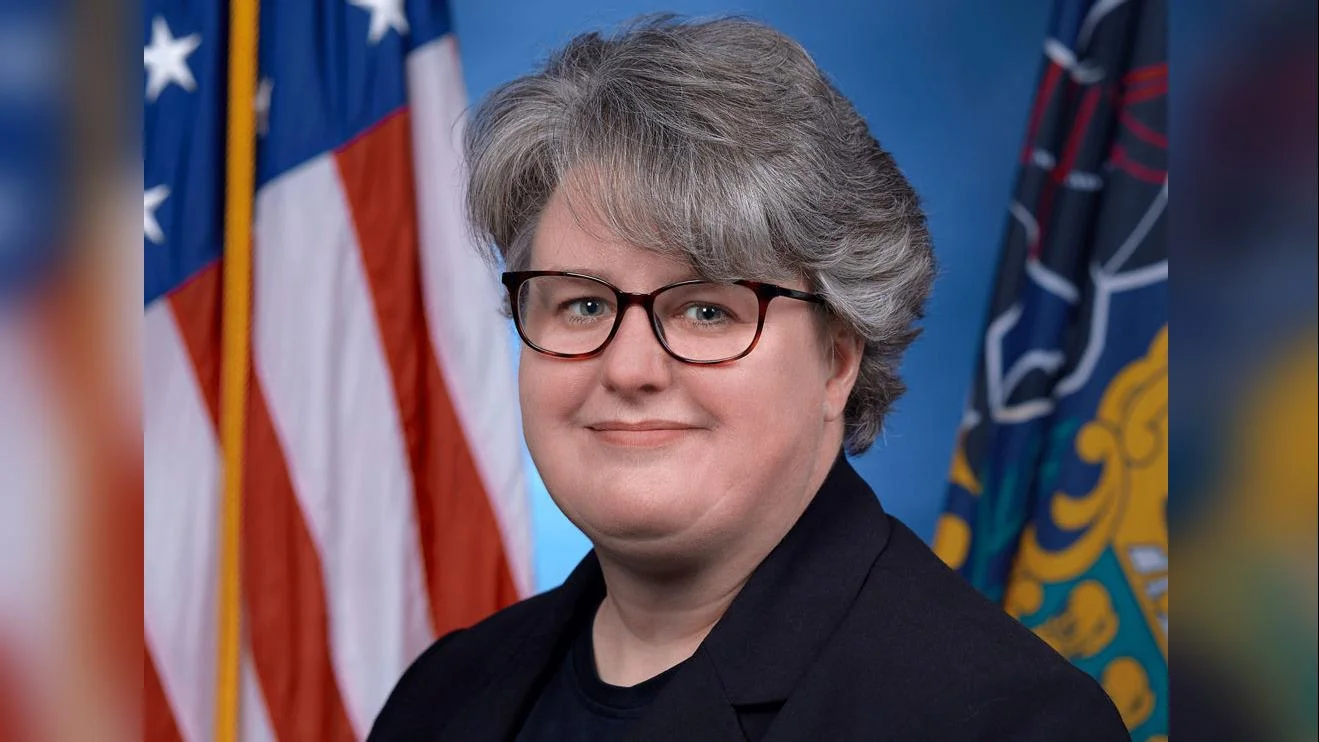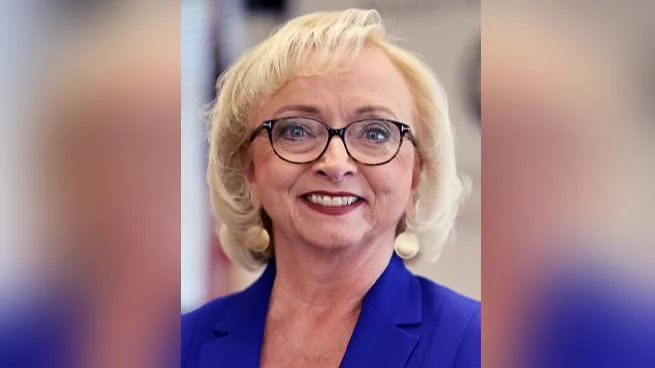
Elizabeth “Betsy” Corcoran, Co-founder and CEO | EdSurge Research
After years of teaching, an educator reflects on the challenges and lessons learned in supporting students with exceptionalities. The experience centers around a student, referred to as Dontrell, who displayed behaviors and communication styles that were initially misunderstood by both his teacher and parents.
The teacher describes Dontrell as bright and expressive but also notes the difficulties he faced in social interactions and self-regulation. Despite prior training in special education, the teacher did not immediately recognize signs of autism in Dontrell. It was only after a volunteer with experience working with autistic youth suggested a closer look that the teacher reconsidered her approach.
She explains, “At first, I resisted. He didn’t seem autistic to me. But that’s the danger of a shallow understanding. Autism, and many other neurological and emotional differences, don’t have one face, one sound or one way of showing up in a classroom.”
Over time, through observation and adaptation in teaching strategies, progress was made. It took two years for Dontrell’s parent to agree to an evaluation, which confirmed an autism diagnosis. This led to more effective support at school.
The story highlights how parental nondisclosure or denial can impact access to resources for children with exceptionalities. The author states, “This is not to place blame, but to shed light, because the truth is, a child’s success depends on a strong partnership between the parent and the educator. When that partnership is rooted in openness and trust, we can make informed decisions that truly serve the child’s needs. Without it, even our best efforts can miss the mark.”
The narrative addresses why some families may delay sharing information about their child’s diagnosis due to fears of stigma or mistrust based on past experiences with special education systems.
For families seeking better outcomes for their children with exceptionalities, the author recommends acknowledging emotions while pursuing clarity; seeking community support; being transparent with educators; sharing relevant strategies beyond academics; and maintaining ongoing advocacy through regular communication.
Reflecting on missed opportunities during Dontrell's early years without proper instructional support, she recalls telling his mother: “He’s not struggling because of his ability; he’s struggling because we haven’t given him what he needs.” With appropriate services in place following his diagnosis—and strengthened collaboration between home and school—Dontrell has since exceeded academic expectations.
“When parents and educators move from silence to collaboration,” she concludes, “children don’t just cope, they thrive.”






 Alerts Sign-up
Alerts Sign-up